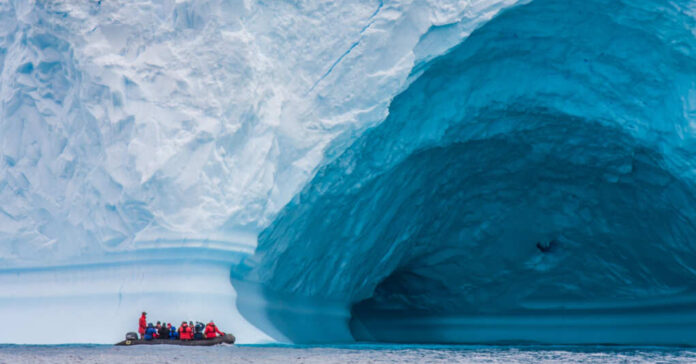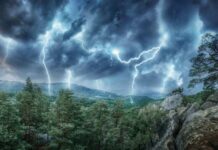Science experts have discovered an enormous asteroid in Antarctica that contains some of the oldest known cosmic materials. The 17-pound rock was found on January 5 and is formed of a material that could be billions of years old.
According to the BBC, this is one of the rarest and most exciting finds there has ever been.
Over 45,000 asteroids have been discovered in Antarctica over the last century, but this recent discovery is extremely special.
17-pound Meteorite Discovered in Antarcticahttps://t.co/KY0YIfa3JK
Search over 1,000 astronomy and space news releases at https://t.co/oWNVxu5HjL#astronomy #space #science #news #stargazing
Image: Maria Valdes pic.twitter.com/mCG50ReqDj
— Richard J. Bartlett (@astronomywriter) January 23, 2023
This rock most likely originated in the asteroid belt between Mars and Jupiter. It was discovered amid an 11-day expedition by a team of international researchers, according to the Chicago Tribune.
This group used specialized data and imaging tools in their effort to identify areas under the Antarctic ice where meteorites could have landed during the history of planet Earth.
Asteroid is the name used when it is in space, but it becomes a meteor when it enters into the earth’s atmosphere and burns up. When that meteor comes into contact with the earth’s surface it is called a meteorite.
“Even tiny meteorites can be incredibly scientifically valuable,” researcher Maria Valdes told the BBC. So a find as big as this one is very valuable.
The searches responsible for this discovery believe that this meteorite is composed of chondrite, which is some of the oldest materials known to man. Previous finds of chondrite meteorites have been dated at 4.6 billion years old. They may have aided in bringing the earliest stages of life to our planet.
Scientists have postulated that chondrite containing water, sulfur, and other minerals could have landed on Earth as our planet was forming. They hope to be able to establish how meteorites like this one helped to stabilize our atmosphere and allowed life to flourish.
This rock will be studied at a Belgium laboratory and more information is sure to come.



















